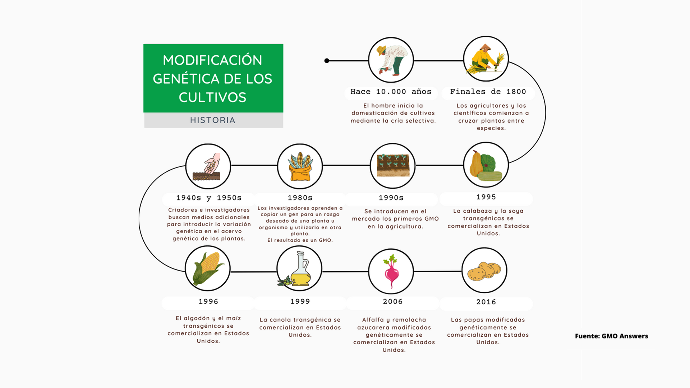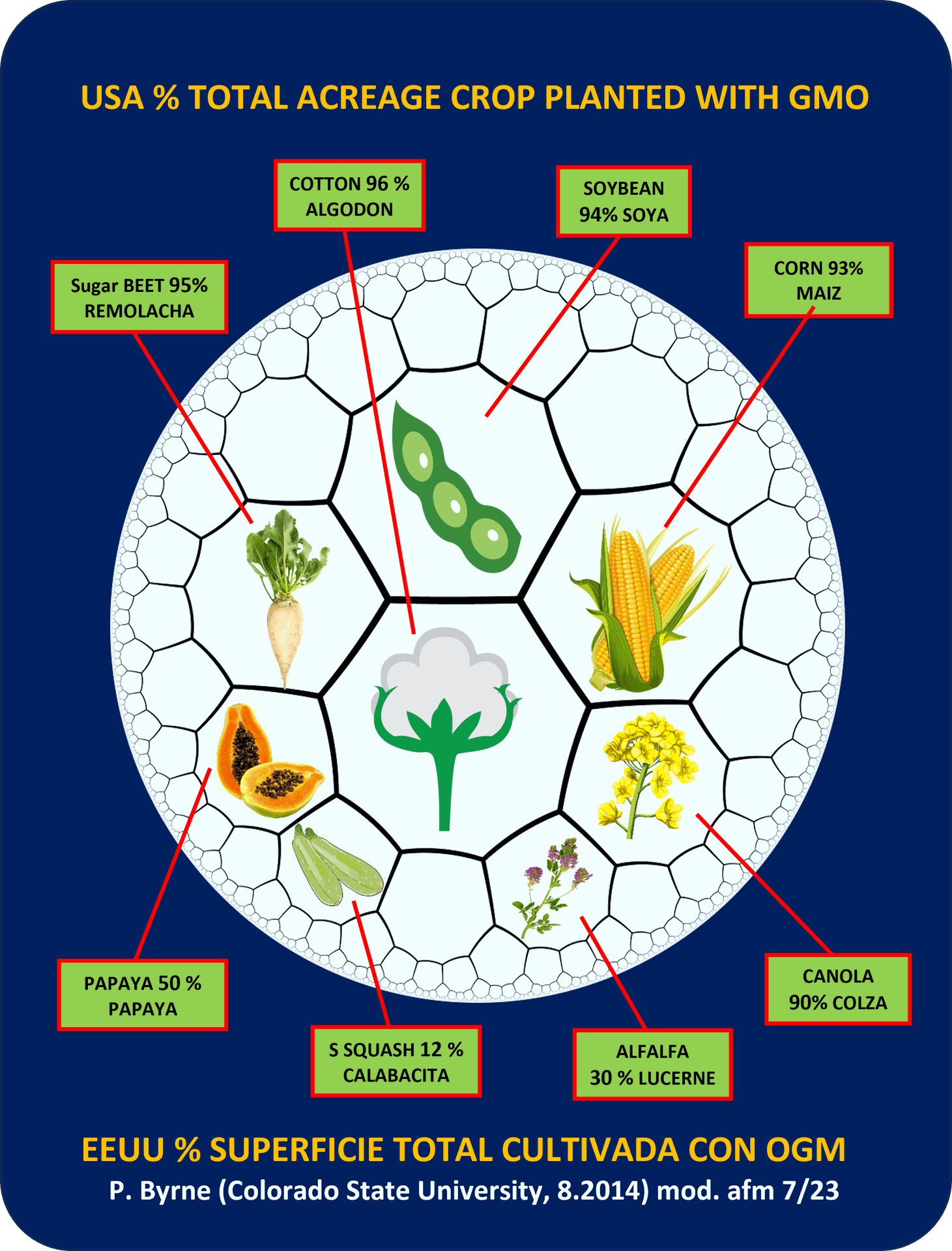
Animal feed is the entry point for vegetables into the food chain..
Due to the need for food and the technology now available to secure and increase agricultural production, a practical application of genetic engineering has been reached with the development of solutions that are practical, safe, and affordable.
The importance of GMOs lies in their rapid adoption by agricultural producers and that these products are currently the vast majority for export in world trade. Fig. 1.
Fig. 1. Total arable area by country, million hectares. V. gr. Mexico has 20 million hectares of arable land and only 1% is grown with seeds of GMO origin. Source: 2023, World Bank/FAO and OEDC, 2015.
The best-known GMO crops are corn, soybeans, cotton, canola, papaya, beets, potatoes, and alfalfa.
In GMOs there are some basic concepts that need to be considered.
The modifications by applied genetics -recombination technology- on seeds has been developed in two types: agronomic (protect production) and productive (modify the product).
As a first example, we have plants tolerant to herbicides or insect resistance and for the second concept we can have seeds that result in higher content of a substance.
In addition, there is a third group: plants designed for a specific production purpose/challenge (stress, drought), which are already in the field-test phase.
